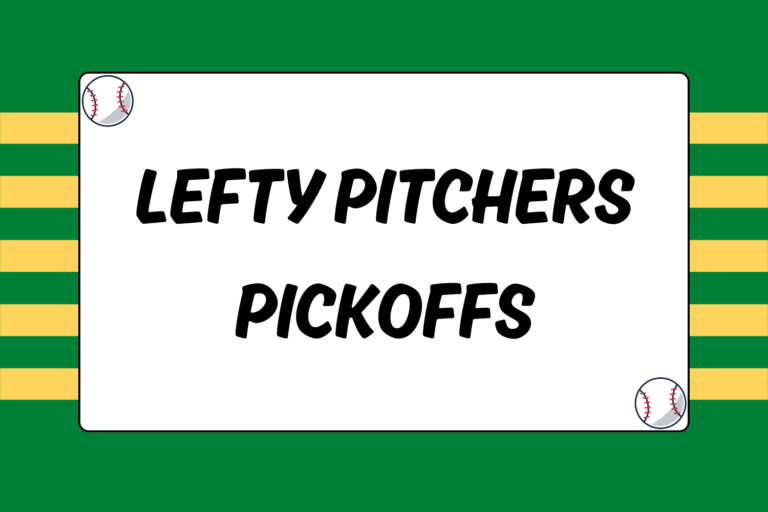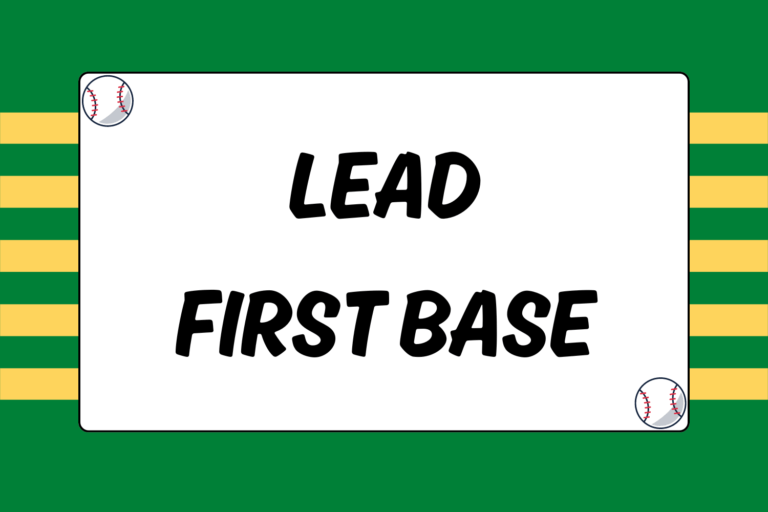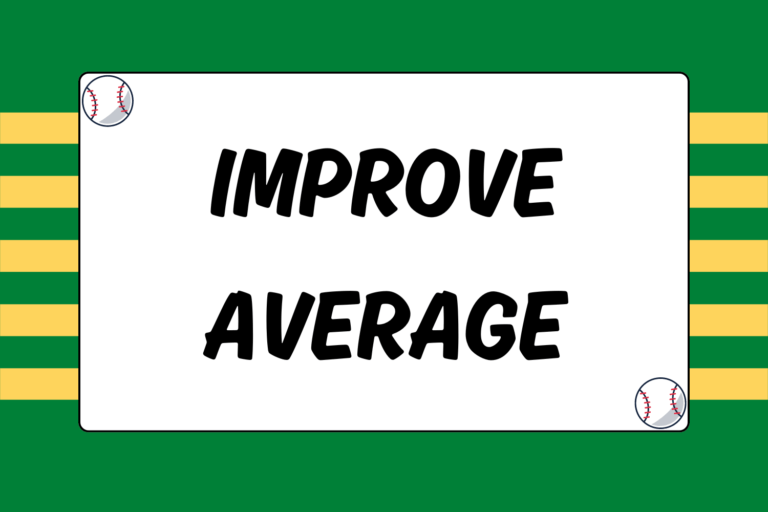Many young baseball players dislike the outfield for two reasons: First, they find it boring. Second, they believe that only the worst players are relegated to the outfield positions. Regarding the first point, if you find the outfield oppressively dull, then it probably isn’t for you (although it might also mean your head isn’t really in the game). As far as the second point goes, there is very little truth to it after about age 10.
The outfield positions are as important as any and require a specific skill set. Watch a professional game and you’ll find that the fastest players, the guys with the strongest arms, and the best pure athletes often play the outfield. Ultimately, a team cannot hope to be successful without good outfield defense. So whether or not it’s your ideal position, here are a few tips to help you be a more effective outfielder and give your team a better chance on defense.
Keep the Ball in Front of You
Sometimes the ball will get hit into the gap or over your head; that’s just part of the game. However, it’s imperative that you stop as many balls as you can. If an infielder misses a ground ball, it’s usually the difference between an out and a single. If an outfielder misses a ground ball, it might be the difference between a single and a home run.
Take good angles to run down balls hit to either side of you; if you misjudge a ball and take a bad angle, you may be chasing it all the way to the fence. Be particularly diligent on ground balls; keep your body in front of the ball and even get down on one knee if you have to. Nothing can get past you!
Hit the Cut-off Man
With the exception of catching or fielding the ball cleanly, your most important task as an outfielder is to get the ball back to the infield quickly and accurately. Unless you’re trying to throw the winning run out at home, it is almost always best to throw the baseball right to the cut-off man. This helps prevent the batter from taking extra bases or the base runners from advancing. In addition, getting the ball to an infielder reduces the risk of a costly error on an overthrow. You don’t need a cannon for an arm to be a good-throwing outfielder.
Take your First Step Back
Even the most experienced outfielders sometimes struggle to read fly balls immediately after contact. It can be difficult to tell whether a batter crushed the ball, or whether he got it off the end of the bat. A soft pop-up may look like a deep drive for a split second. As a result, it’s best to err on the side of caution. Get in the habit of taking your first reactive step backward (instead of forward), because if you misread a ball and it goes over your head, it’s likely to be at least a double. If you misread a ball and it drops in front of you, it will probably just be a single.
Sprint to the Baseball & Get Behind It
Watching the professionals play is a good way to learn a lot of skills, but proper outfield technique isn’t always one of them. Many pros can get away with bad habits – such as coasting after fly balls to snag them on the run – because they’re so talented. However, that’s not a good example to follow.
Catching the ball on the run unnecessarily is risky because your vision will bounce up and down with every step you take. If you have to move to catch a fly, sprint to the spot where you think the ball will be so you can get yourself set to make a catch. That way, if you misjudge the ball even a little bit, you’re more likely to have time to adjust.
In addition, any time a runner has a chance to tag-up, you need to put yourself in the best position to throw him out or prevent him from advancing. Try to position yourself a few steps behind the spot where you think the ball will land. Begin moving forward as you catch the ball so your body already has some momentum to make a strong throw.
Communicate with Your Teammates
The best way to catch a fly ball on the run is to never take your eyes off it. However, when the ball is hit in the gap or just behind the infield and multiple defenders are converging, there is a danger of a collision. This risk is minimal, though, if you get in the habit of communicating with the other outfielders.
First, you should always call for the ball. Call for it early and loudly to limit the risk of a collision between you and another fielder. Also, help the other outfielders when the ball is hit their way. A fly ball or line drive hit right at you can be difficult to judge, so if you can see the trajectory of the ball hit to another part of the field, yell out “Back!” or “In!” accordingly. In addition, if another outfielder is running back for a ball, let him know how much room there is between him and the wall. You can also help by yelling out the base for him to throw the ball if he has a chance to make a play after the catch. Again, communication among the outfielders is vital. Playing defense is more of a team effort than you might think.
Always Be Moving
It’s a common misconception that outfielders have fewer things to worry about than the other players. There will rarely be a play during which you shouldn’t be moving somewhere, and in most cases, it will be to back up a throw or catch. If the ball is hit to an adjacent outfielder, you need to get 10 to 20 feet behind him in case he misses it. If the ball is hit to the other side of the field, sprint in and assess the play; you can most likely back up a throw into one of the bases.
You also need to be moving to back up throws by the infielders, or throws by the catcher or pitcher during pick-off attempts. Anytime there is a chance for an overthrow, it’s your responsibility to be there to avoid giving up a base or (even worse) a run.
Know the Situation & Position Yourself Appropriately
Pre-pitch positioning is a somewhat advanced part of the game. Just the same, it is an extremely important part of playing the outfield. You need to be able to learn tendencies as the game progresses and adjust based on what happens. What does this entail? If you have a pitcher who throws really hard, you will probably shade most batters to the opposite field. If you have a pitcher who relies on off-speed pitches, you might shade more batters to pull.
Also be aware of your depth. If a particularly dangerous hitter is up, take a few steps back. Even if you don’t happen to know the hitters individually, play the percentages. Move back for the guys hitting in the middle of the order, and move in for the batters at the bottom. Sometimes taking one step before the pitch can be the difference between a catch and an extra-base hit.
Finally, while catcher may be a more cerebral position than left field, the outfielders still must constantly be in tune with game situations. For example, say it’s the last inning and your team is leading by a run. With no one on base, the priority is to keep the batter from getting into scoring position. Because of that, you should be playing deeper than normal in order to cover the gaps and prevent the ball from getting behind you. That strategy is called no-doubles defense.
There are dozens of scenarios like this which require you to have a keen sense of your pre-pitch priorities. That may mean conceding a run on a base hit in order to keep the potential tying run on first base, or playing shallow enough to throw out the winning run at home plate on a single or sacrifice fly.
Last Line of Defense
As an outfielder, there is always something you can be doing during the game to give yourself a better chance to make plays. Take any opportunity to back up a throw. Always anticipate what to do if the ball is hit to you. Make yourself a good outfielder and you may find yourself becoming an unsung hero of your team’s defense. You have the most ground to cover. You have the longest throws to make. And most importantly, you are the last line of defense.





